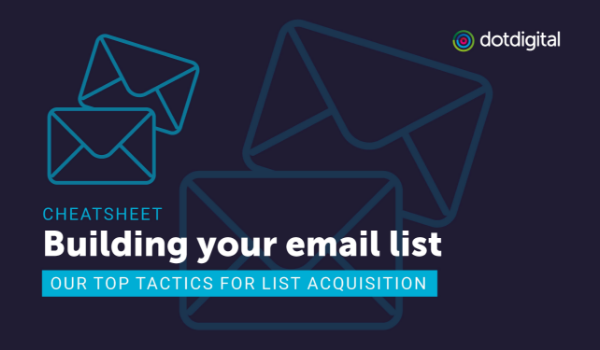

Is it right to purchase email lists as long as the data is ‘opt-in’?

Welcome to the second article of our new blog series around deliverability myths. As a marketer, has the thought of ‘buying’ or ‘owning’ an opt-in email list ever crossed your mind? If yes, then let us tell you why it’s never a good idea.
The temptation
As any sender would know, your contact list is your most important asset. Without a contact list, it’s difficult to do any email marketing, resulting in loss of both tangible and non-tangible opportunities. Consequently, it’s usual for marketers to aim at constantly growing their contact lists to amplify sales based on obvious logic – the bigger the list, the more sales.
One of the most common traps that marketers fall into, is purchasing lists. It is very tempting to have pseudo-instant access to thousands, or millions of addresses in such a short timeframe, but frankly, purchasing lists not only brings harm to your sender or brand reputation, but also financial loss.
Let’s discuss the two key pitfalls to purchased lists – consent and lack of transparency.
Consent
So, what is consent and why it’s important? Consent is the permission that has been provided by the recipient to allow you, as a sender, to contact them via their said channel. Typically, consent can be categorized into explicit and inferred. Explicit, being specific permission that allows you to send until that permission has been revoked, while inferred is based on a provable, ongoing relationship between you as a sender and the recipient.
Consent is not transferrable and with purchased lists, no one will ever be able to prove either of those types of consent, especially when requested by regulators such as Australian Media and Communications Authority (ACMA), that oversees the Spam Act and email marketing, or GDPR that governs all email correspondence across Europe.
Lack of transparency
Lack of transparency is the next big issue with purchased lists as it leads to increased spam rates. Spam has been a long-time issue for marketers. The most prevalent type of spam is advertising-related email; this type of spam accounts for approximately 36% of all spam messages.
1. No clarity on the collection process
When you are collecting addresses, you are also setting expectations on what the subscriber should expect. With a purchased list, there’s no visibility over this. One of the biggest reasons why a contact list loses subscribers quickly is either mailboxes being abandoned and/or messages being marked as spam. If the subscription process is weak, this means clear expectations were not set and proper consent was not obtained.
2. How and by whom the list is being used
Remember you are not the only one buying it. It’s bought and used by someone, somewhere else and with zero knowledge over how it is being used by others. Imagine that the other person who bought the same list is a prolific spammer – those email addresses will quickly get abandoned as their mailbox gets inundated with spam and other malicious content.
3. Damage to your sender and brand reputation
Have you ever received an email in your inbox from a brand that you have never interacted or heard of? What was your immediate reaction towards it? I am sure you would have marked it as spam. Likewise, when you are sending emails to your purchased list, you are essentially spamming. And when the recipients see it, they are going to get annoyed and start marking your message as spam and/or block you from sending to them. Mailbox providers will notice all this negative engagement activities and will penalize you, resulting in damage to your sender reputation, as well as your brand.
Conclusion
All these factors prove that a purchased list is extremely dangerous because it lacks consent and transparency. Purchased lists only bring harm to an email marketing program and is something that should be avoided at all costs – instead, the focus should be on growing your list organically.
Contents
Toshi Onishi

How to grow your email lists the right way
A strong email list is crucial for successful email marketing. Check out our free cheatsheet sharing the key tactics you need to grow your email lists, and keep your database healthy.
Get your copyStay on top
Get the latest and greatest marketing insight delivered to you weekly
Your email address will be handled in accordance with our Privacy Policy. We gather data around email opens & clicks using standard technologies including clear gifs to help us monitor and improve our newsletter.

